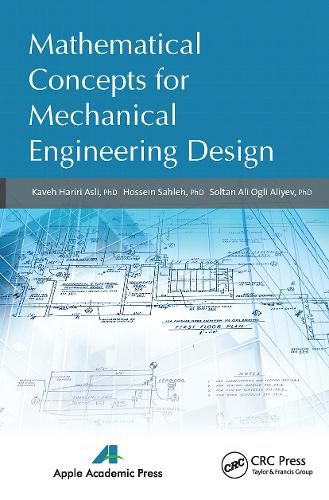Readings Newsletter
Become a Readings Member to make your shopping experience even easier.
Sign in or sign up for free!
You’re not far away from qualifying for FREE standard shipping within Australia
You’ve qualified for FREE standard shipping within Australia
The cart is loading…






Mathematical Concepts for Mechanical Engineering Design provides a broad understanding of the main computational techniques used for simulation of water distribution networks and water transmission systems. It introduces the theoretical background to a number of techniques and general data analysis techniques. The book also examines the application of techniques in an industrial setting, including current practices and current research, are presented. It provides practical experience of commercially available systems and includes a small-scale water systems related projects.
The authors illustrate the concepts and techniques covered in the book by using a calculation that simulates water distribution networks and water transmission systems. The book also covers significant research on new methodologies and important applications in the fields of automation and control as well as includes the latest coverage of chemical databases and the development of new computational methods and efficient algorithms for hydraulic software and mechanical engineering.
The book will be informative and useful to both academics and mechanical engineers in various industrial sectors, including hydraulic and mechanical engineering.
$9.00 standard shipping within Australia
FREE standard shipping within Australia for orders over $100.00
Express & International shipping calculated at checkout
Mathematical Concepts for Mechanical Engineering Design provides a broad understanding of the main computational techniques used for simulation of water distribution networks and water transmission systems. It introduces the theoretical background to a number of techniques and general data analysis techniques. The book also examines the application of techniques in an industrial setting, including current practices and current research, are presented. It provides practical experience of commercially available systems and includes a small-scale water systems related projects.
The authors illustrate the concepts and techniques covered in the book by using a calculation that simulates water distribution networks and water transmission systems. The book also covers significant research on new methodologies and important applications in the fields of automation and control as well as includes the latest coverage of chemical databases and the development of new computational methods and efficient algorithms for hydraulic software and mechanical engineering.
The book will be informative and useful to both academics and mechanical engineers in various industrial sectors, including hydraulic and mechanical engineering.